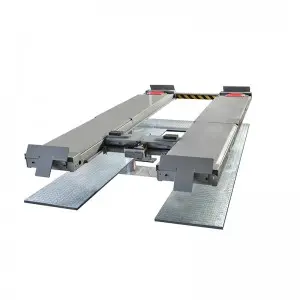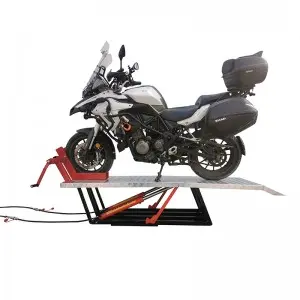Cylinders are one of the most versatile and fundamental shapes in the world. From the engines that power our cars to the cans that hold our favorite beverages, cylinders are a crucial part of our everyday lives. In this article, we will delve into the various uses of cylinders and how they have revolutionized different industries.

Exploring the Versatility of the Cylinder: From Engines to Everyday Objects
One of the most common uses of cylinders is in internal combustion engines. These engines consist of cylindrical chambers where the combustion of fuel takes place, converting the chemical energy of the fuel into mechanical energy. This process powers our cars, trucks, and motorcycles, allowing us to travel long distances in a relatively short amount of time.

Exploring the Versatility of the Cylinder: From Engines to Everyday Objects
Cylinders are also used in hydraulic systems to transmit power through fluid pressure. Hydraulic cylinders are essential components of machinery in construction, mining, and manufacturing industries. These cylinders use the force of a liquid, usually oil, to generate linear motion and perform tasks such as lifting heavy loads or pressing materials together. They are known for their reliability and ability to operate under high pressures, making them indispensable in various industrial applications.
In the field of physics, cylinders play a significant role in calculating volume and surface area. The volume of a cylinder is calculated using the formula V = πr^2h, where r is the radius of the base and h is the height of the cylinder. The surface area of a cylinder can be found using the formula A = 2πrh + 2πr^2, where r is the radius and h is the height. These formulas are essential for engineers and scientists working on designs and calculations involving cylindrical shapes.
Aside from their technical applications, cylinders can also be found in everyday objects that we use without even realizing it. For example, cans of soda or beer are cylindrical in shape, making them easy to stack and store in refrigerators. The familiar shape of a cylinder allows for efficient packaging and transportation of these beverages, ensuring that they remain cold and refreshing until they are opened and enjoyed.

Exploring the Versatility of the Cylinder: From Engines to Everyday Objects
Cylinders are also commonly used in household items such as candles, flashlights, and pots and pans. The cylindrical shape of a candle allows it to burn evenly and efficiently, while the shape of a flashlight ensures that the light is dispersed in a focused beam. Pots and pans with cylindrical bodies are preferred by chefs for their even heat distribution and ease of stirring and flipping food.
In conclusion, the cylinder is a versatile and indispensable shape that has revolutionized various industries and everyday objects. From the engines that power our vehicles to the cans that hold our drinks, cylinders come in all shapes and sizes to suit different purposes. Understanding the uses and applications of cylinders can give us a greater appreciation for the simple yet powerful shape that surrounds us in our daily lives.Quick Lift


